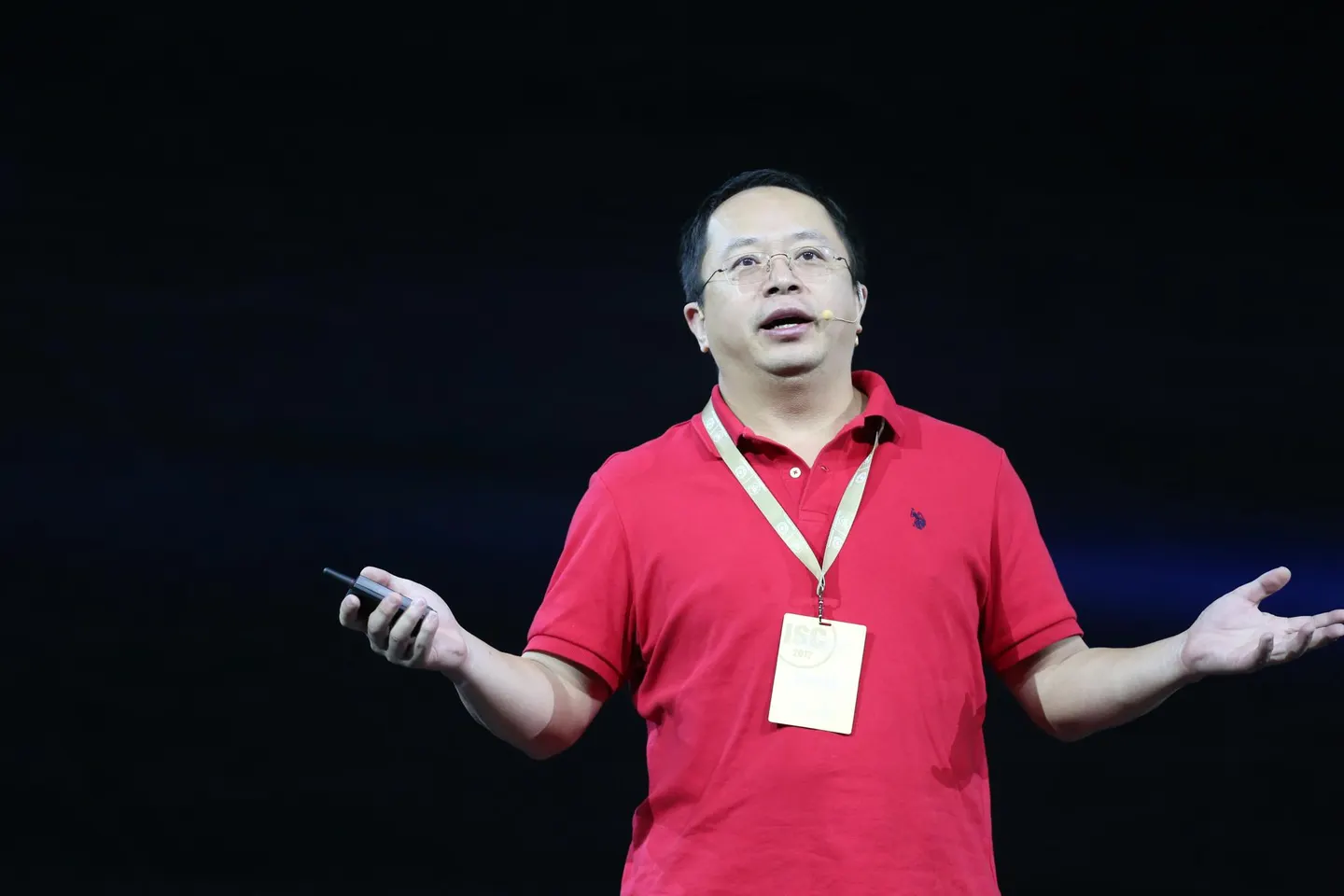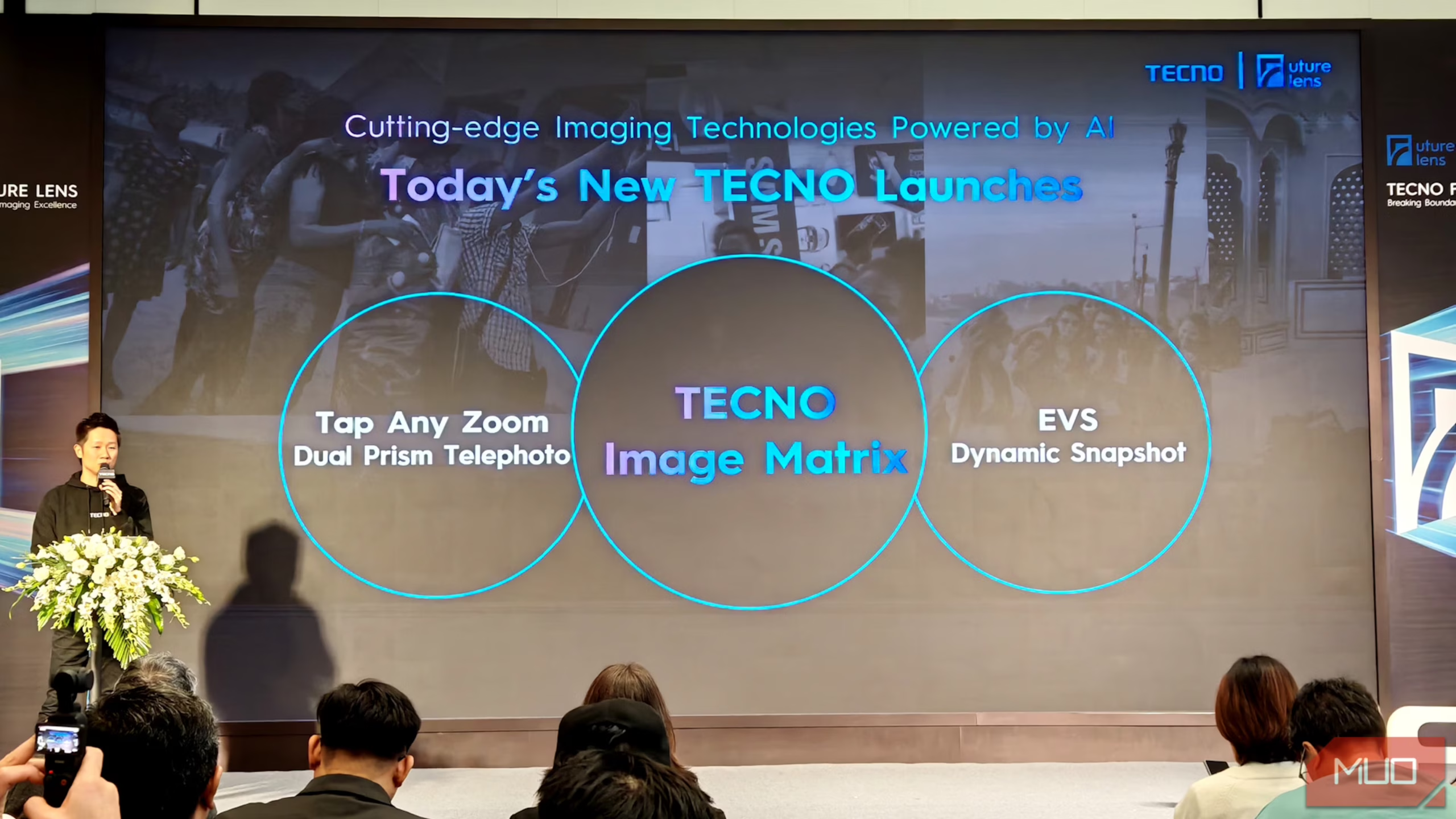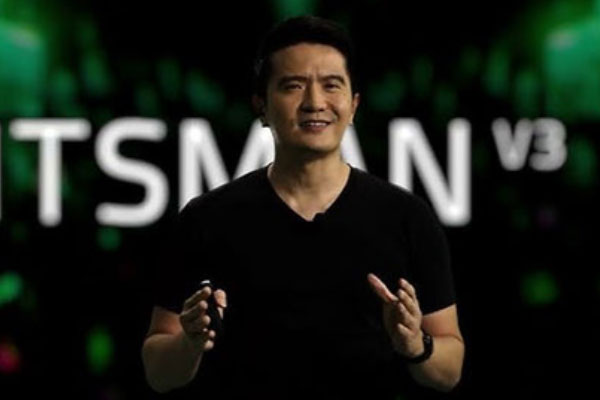Tokyo Formula E double-header debuts Gen3 Evo amid wet-weather drama
The ABB FIA Formula E World Championship returned to Tokyo on May 17–18, 2025, with its first-ever double-header weekend, hosting Rounds 8 and 9 of Season 11. Despite heavy rain and schedule disruptions, the event marked a milestone for the sport. It introduced the Gen3 Evo cars and reinforced Tokyo’s role as a rising force in electric motorsports.
Tokyo Street Circuit: A technical, urban battleground
The races took place on the 2.575 km Tokyo Street Circuit, set around the Tokyo Big Sight convention center. This challenging urban track featured:
18 sharp and demanding corners
Noticeable elevation shifts
Tight bends that tested driver focus
The debut of the Gen3 Evo race cars, with better acceleration, higher speeds, and more powerful regenerative braking, raised the challenge. Their performance turned the circuit into a serious test for both drivers and machines.
Weather drama brings a Formula E first
On Saturday, heavy rain forced the cancellation of qualifying for the first time in Formula E history. As a quick fix, officials used Free Practice 2 results to determine the starting grid for Race 1. This unexpected move worked in favor of Oliver Rowland, who earned pole position and took an early lead.
Even with difficult conditions, teams adapted swiftly. They made smart tire choices and changed race strategies, proving their flexibility. These moments reinforced Formula E’s reputation as a forward-thinking series that can respond under pressure.
Fan village, cultural energy, and electric innovation
Away from the racetrack, fans enjoyed an interactive Fan Village, featuring:
Live music and DJ performances
Engaging electric vehicle (EV) exhibits
Meet-and-greet sessions with drivers and teams
The event also celebrated Tokyo’s leadership in green technology, sustainable mobility, and cultural entertainment. By combining motorsports with local culture and eco-conscious tech, the Tokyo E-Prix offered more than just a race—it became a festival of electric energy.
Editorial insight: Tokyo’s growing place in global e-racing
The success of this year’s event confirms Tokyo’s importance in Formula E’s global calendar. With its dense urban landscape, excellent transit, and tech-aware audience, the city is well-suited for electric racing.
This year’s race also supported Japan’s growing electric vehicle goals, while giving fans a close-up look at top-tier electric motorsport. The mix of racing, technology, and community engagement set a new benchmark for Formula E events in Asia.
Conclusion: A rainy weekend, a bright future
Despite weather setbacks, the Tokyo Formula E double-header delivered excitement, strategy, and innovation on par with the sport’s best races. With the Gen3 Evo cars making their debut and Tokyo gaining global attention, the city has shown it is ready to lead the future of green mobility and electric racing.
As Formula E evolves, Tokyo isn’t just keeping pace. It’s positioning itself as a future leader in sustainable urban entertainment and global motorsports.















